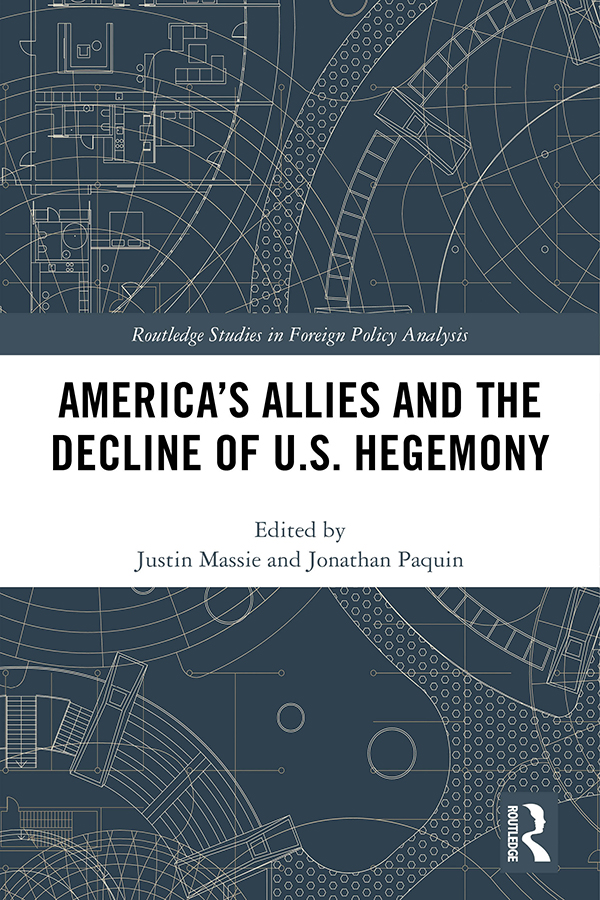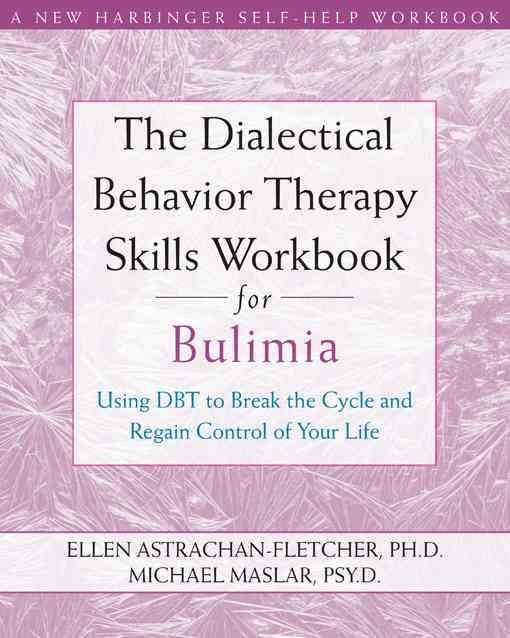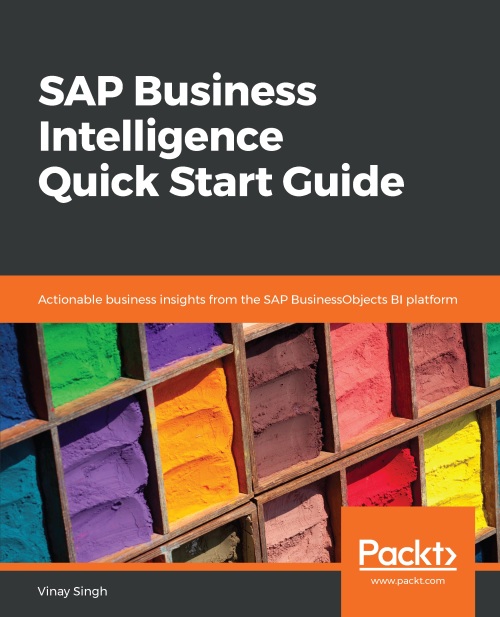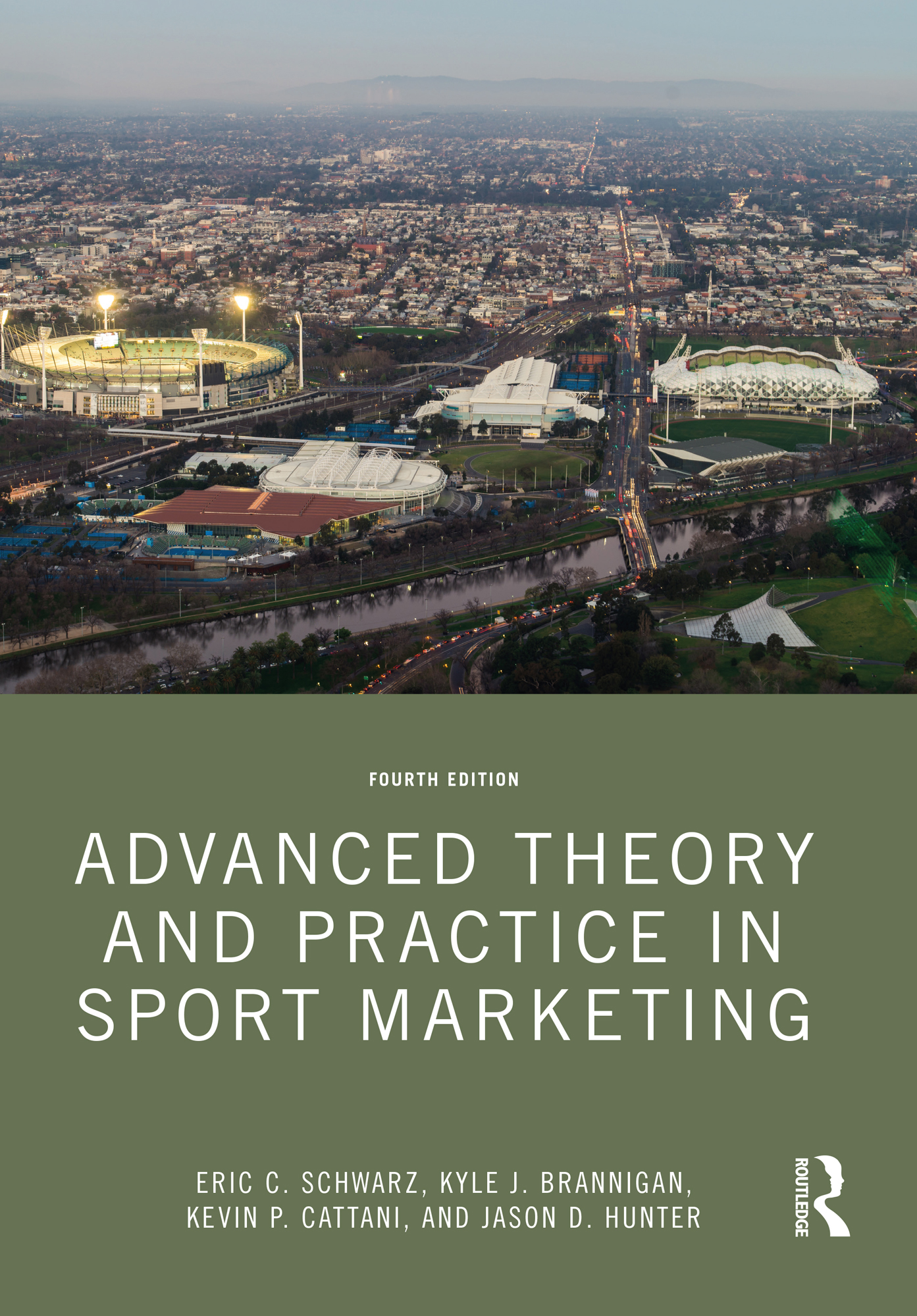This edited book first gives an overview of issues in the studies of atmospheric sciences and then elaborates on extreme events in air pollution, their assessment, impacts, and mitigation strategies. It covers general overview of factors governing in atmosphere that lead to air pollution, description about recent and hazardous air pollution episodes, emergencies and extremes in atmospheric sciences, impact studies on living organisms and atmosphere related to emergencies and possible remedies/mitigation strategies which may also include green growth strategies for management. Increase in anthropogenic activities from different sources results in very high concentrations of air pollutants in the atmospheres and they lead to cause disturbance in seasonal cycles and atmospheric phenomena, ecological imbalance and change in the quality of air. These impacts are the major cause of short-term or long-term effects on living and non-living systems. In the recent years, several instances of extremes atmosphere and air pollution related emergencies causing accidental episodes, fog, smog, health related, heat and cold wave etc. are experienced. This book brings the attention on such issues in atmospheric sciences and discuss the disaster preparedness and management plus emergencies. This book is valuable reading material for students in Environmental Science, Biological Science, Medical Science, Policy Planning, Disaster Management and Agriculture. It’s useful for environmental consultants, researchers and other professionals involved in air quality, plant, humans and disasters related research.












